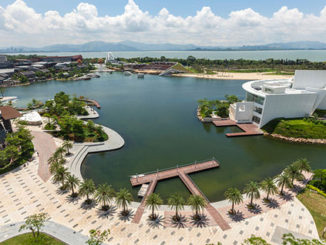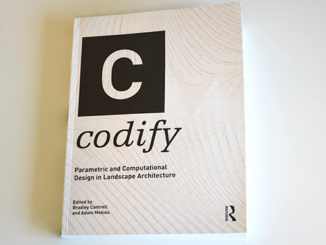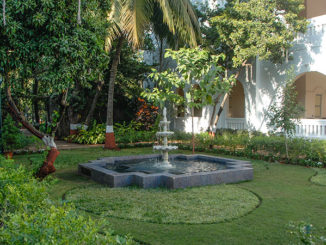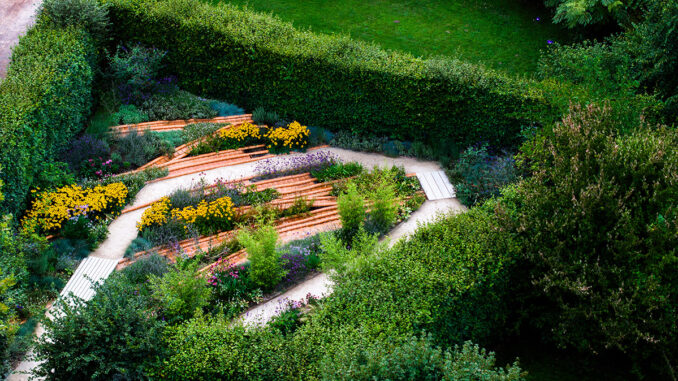
680 Pieces of Traditional Chinese tile were transported from China to France, used for a contemporary garden in an ancient castle: Chaumont. As a garden, the core design intention of the Tile Garden in Chaumont is exploring the resilience of culture by using traditional craftsmanship in an innovative way.
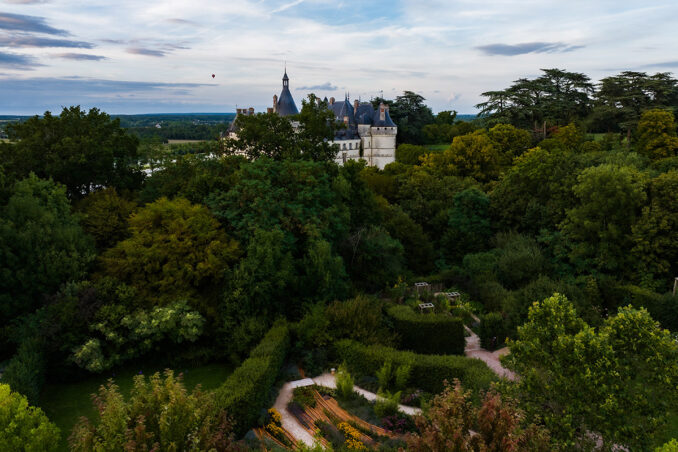
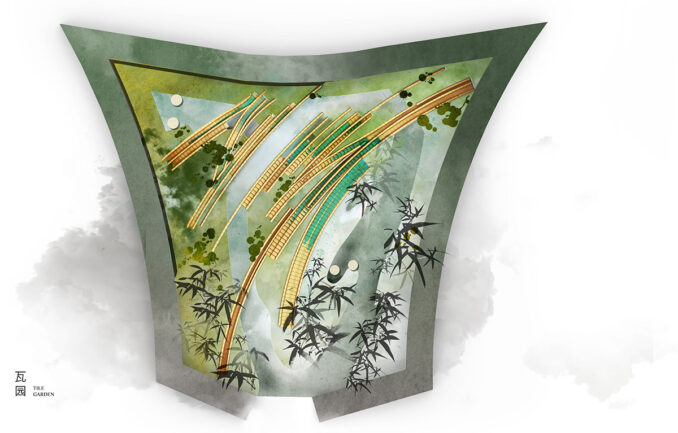
When people talk about gardens, they always mention high cost and high maintenance. Based on the wisdom of resilience in the ancient Eastern world, the methodology of traditional materials—the clay tiles—was rethought to create an ecologically resilient garden with low cost and maintenance by blurring the boundary between irrigation and water features.
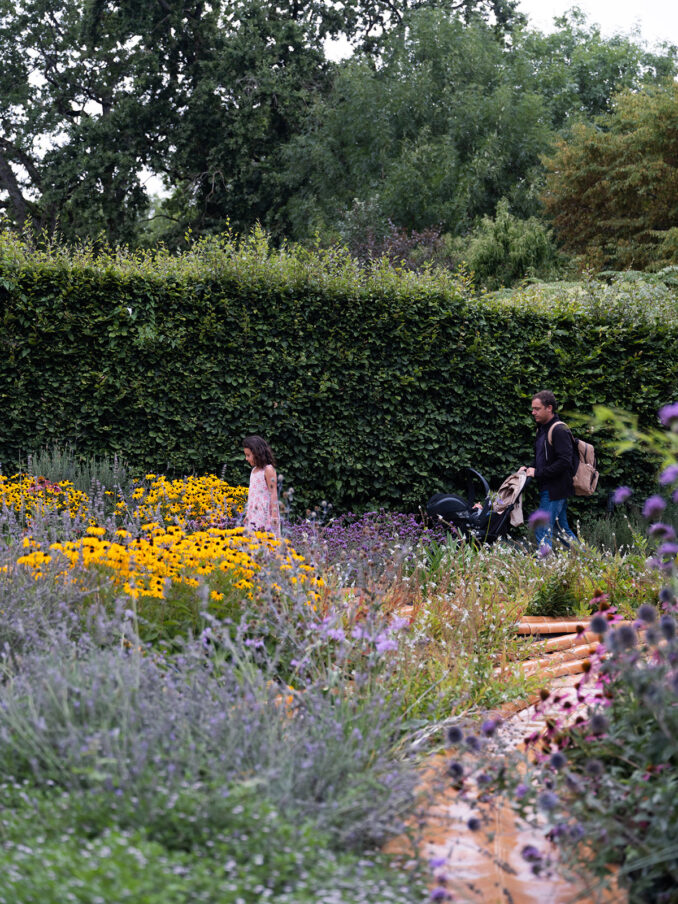
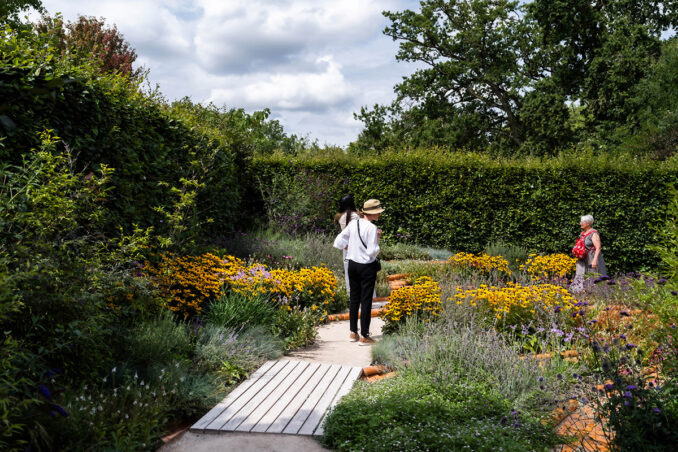
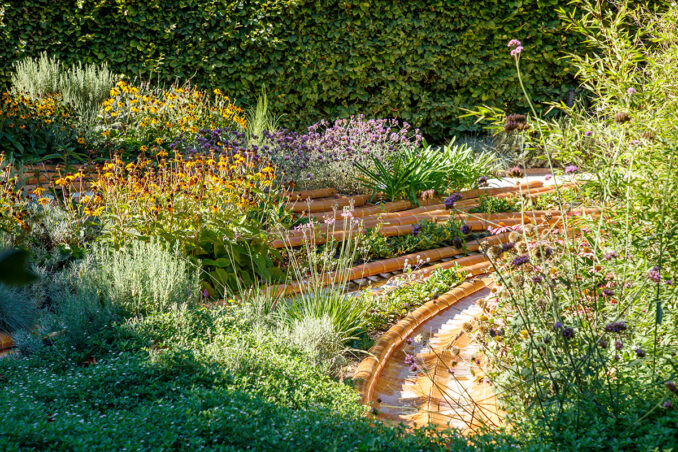
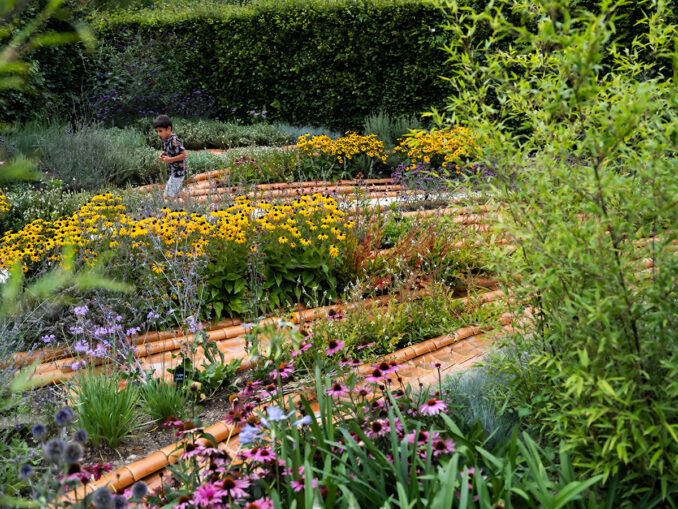
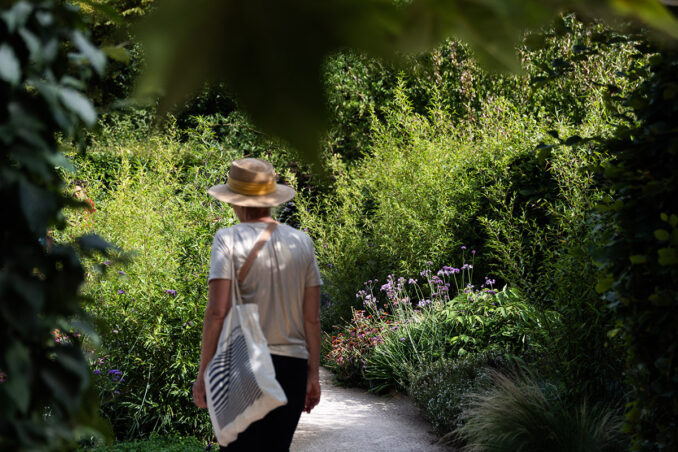
Looking back to Chinese history and learning from it are helpful for contemporary dilemmas. Ancient Chinese roofs were built with clay tiles, a waterproof material, not only for draining but also for collecting rainwater. The arranged clay tiles easily irrigated gardens. Then, we step forward to explore a new relationship with a roof of traditional tiles and the runoff above it to make a place for celebrating the movement of water.
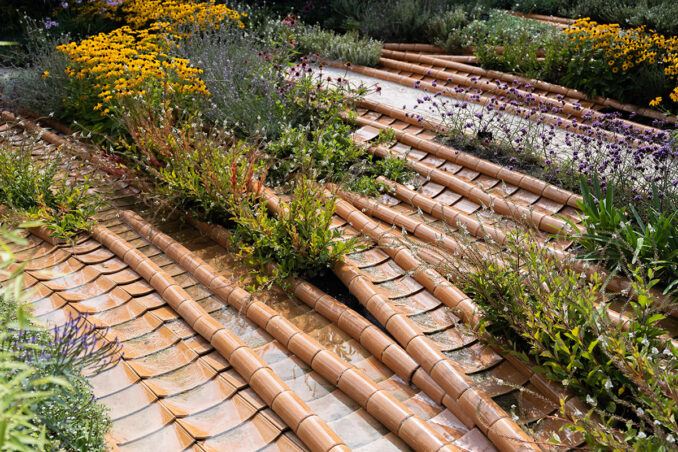
When visitors go past the entrance, they will meander in the bamboo forest. The shadows of bamboo create a feeling of poetry on the tile pavement and make a place for enjoying the beauty of traditional sustainable material. Then, visitors walk onto the ramp, which is similar to climbing up a traditional Chinese roof with sparkle tiles and water flow. As water flows down and gets retained on the tiles, this garden blurs the boundary between a joyful water feature and an irrigation system by engaging resilient and sustainable approaches within a contemporary context.
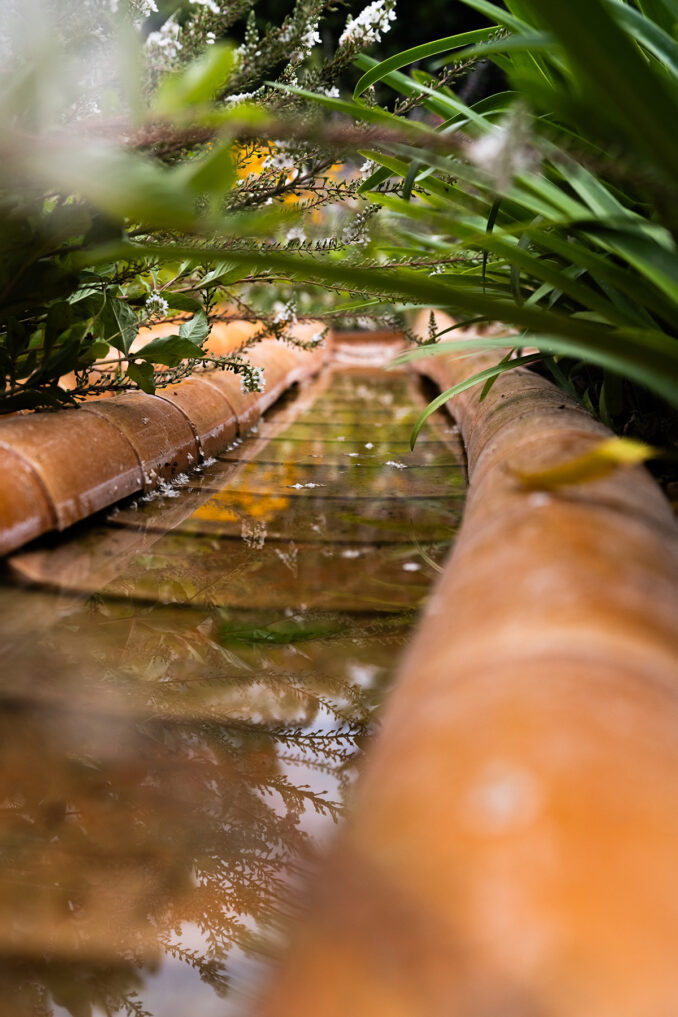
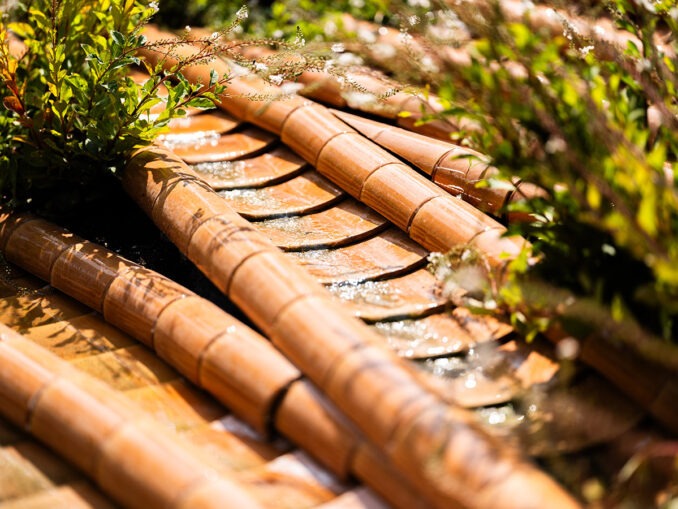
Tile Garden
Designer Credit: Landtek Group 风物营造
Client: Domaine de Chaumont-sur-Loire
Photography: Chill Shine 丘文三映

